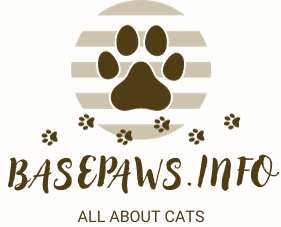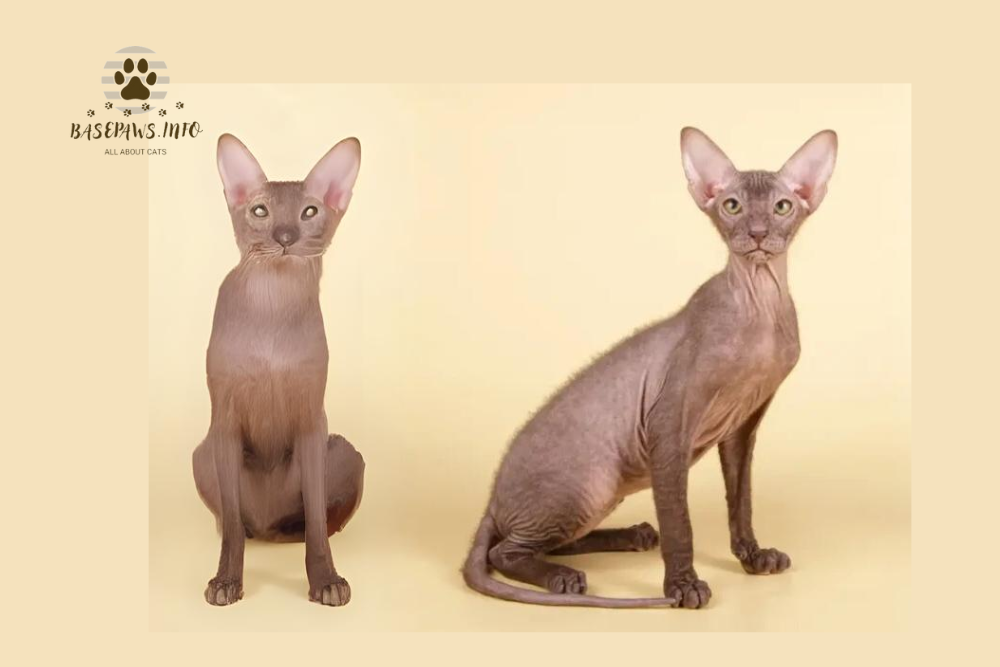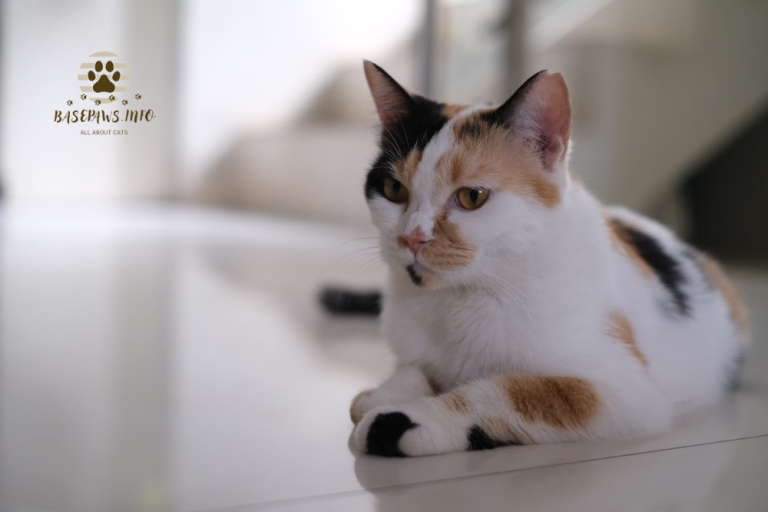Peterbald Cat: A Comprehensive Guide to Care, Traits, and Personality
Are you searching for a unique and affectionate cat that stands out from the crowd? Many potential pet owners struggle to find a breed that matches their personality and lifestyle. The Peterbald cat may be the perfect solution for you. Known for their playful nature and distinctive appearance, these cats can be wonderful companions for individuals and families alike.
Understanding a breed’s care requirements is essential for ensuring a happy and healthy pet. Peterbalds, with their various coat types and charming temperament, can be an excellent addition to your home if you know what to expect. By providing the right environment, nutrition, and care, you can help your Peterbald thrive and become an integral part of your family.
Overview of Peterbalds
General Traits and Affectionate Nature
Peterbalds are a relatively new breed, originating in Russia in the late 20th century. They are known for their affectionate and social nature, making them great companions. These cats enjoy being around people and are often described as loyal and playful.
Physical Characteristics
Peterbalds have several unique physical traits that set them apart from other breeds. Here are some key characteristics:
| Characteristic | Details |
| Weight and Size | Typically weigh between 7 to 12 pounds |
| Lifespan | Average lifespan of 12 to 15 years |
| Coat Colors and Patterns | Available in various coat types including: Naked, Chamois, Flock, Brush, and Straight |
| Distinctive Traits | Large ears, slender body, and long legs |
Temperament
Personality Traits
Peterbalds are known for their gentle and loving personalities. They are highly social cats that thrive on interaction with their human companions. They are also playful and enjoy engaging in activities that stimulate their minds and bodies.
Family Compatibility
These cats are excellent with children and other pets. They typically display a friendly demeanor, making them suitable for families. Their playful nature means they will enjoy playing games and interacting with everyone in the household.
Interaction with Other Pets
Peterbalds tend to get along well with other cats and dogs, especially if they are introduced at a young age. They appreciate companionship, so having another pet can be beneficial for their emotional well-being.
History of the Peterbald Cat
Origins and Breeding History
The Peterbald breed was developed in Russia through a cross-breeding program involving the Sphynx and other cat breeds. This unique breeding history gives them their distinct look and personality traits.
Development of the Breed
The breed was first recognized in the early 1990s, with an emphasis on creating a hairless cat with a friendly disposition. Over the years, the breed has gained popularity worldwide due to its unique characteristics and appealing nature.
Recognition by Cat Associations
Peterbalds have gained recognition from various cat associations, including The International Cat Association (TICA) and Cat Fanciers’ Association (CFA). This recognition has helped to promote the breed and ensure responsible breeding practices.
Caring for Peterbald Cats
Environment and Living Conditions
Creating a comfortable environment is essential for Peterbalds. They thrive in homes where they can interact with family members and receive plenty of attention. Providing cat trees, toys, and scratching posts can help keep them entertained.
Key Environmental Needs
- Space to Roam: Peterbalds are active cats that enjoy exploring.
- Temperature Regulation: Since they may have less fur, they are sensitive to temperature changes. Make sure they are warm in cooler climates and cool in hot weather.
- Safe Play Areas: Ensure that play areas are free from hazards that could cause injury.
Nutrition and Dietary Needs
Proper nutrition is vital for a healthy Peterbald cat. Here are some key dietary considerations:
- Age-Appropriate Diet: Kittens require more calories than adults, so it’s essential to choose food that meets their specific needs.
- Balanced Diet: Opt for high-quality commercial cat food that provides the necessary nutrients.
- Regular Feeding Schedule: Maintain a consistent feeding routine to promote healthy digestion.
Grooming Essentials
Peterbalds require different grooming based on their coat type. Here are some grooming needs:
- Skin Care and Bathing: Naked varieties need regular baths to remove oils that accumulate on their skin.
- Nail Care: Regular nail trimming is essential for all Peterbald cat.
- Dental Hygiene: Regular teeth brushing helps prevent dental issues.
Health Considerations
General Health Issues
Like all breeds, Peterbalds can experience health issues. Regular veterinary check-ups are important to monitor their overall health. Some common concerns include:
- Heart Disease: Keep an eye on their weight and activity level.
- Respiratory Issues: Monitor for any signs of breathing difficulties.
Common Health Problems to Watch for with Peterbalds
Some health concerns include:
- Vision Problems: Regular eye examinations can help catch issues early.
- Skin Sensitivity: Due to their limited fur, they may be more prone to skin irritations.
Peterbald Genetic Health Conditions
Peterbalds are generally healthy cats, but they can be prone to certain genetic conditions, such as Progressive Retinal Atrophy. Being informed about these conditions can help you keep your pet healthy.
Special Considerations for Peterbald Cats
Interaction with Children and Other Pets
Peterbalds are known for their gentle nature, making them great companions for children. They can also get along well with other pets, but early introductions are key.
Vulnerability to Injuries
Due to their slender bodies and playful nature, Peterbald cat may be more susceptible to injuries. Providing a safe environment and supervising playtime can help prevent accidents.
Allergy Considerations
While many believe that Peterbalds are hypoallergenic, it’s essential to note that no cat is entirely allergy-free. Regular grooming and cleaning can help reduce allergens in your home.
Fun Facts and Unique Traits
Unique “Brush” Fur and Coat Changes Over Time
Some Peterbalds develop a brush coat, which is soft and fine, unlike their hairless counterparts. Additionally, their coat can change texture as they age, adding to their uniqueness.
Hypoallergenic Misconceptions
Though Peterbalds produce fewer allergens than some breeds, they are not entirely hypoallergenic. It’s important to spend time with the breed before bringing one home if allergies are a concern.
Metabolism and Dietary Needs
Peterbalds may have unique dietary needs due to their metabolism. Ensuring they have a balanced diet tailored to their energy level is crucial for their health.
Finding a Peterbald Cat
Pet Buyer’s Guide
When looking for a Peterbald, it’s essential to choose a reputable breeder. Here are some tips for finding the right breeder:
- Research Breeders: Look for reviews and testimonials from previous customers.
- Ask About Health Testing: Ensure the breeder conducts health checks for genetic conditions.
- Visit the Breeder: If possible, visit the breeder’s facility to meet the kittens and their parents.
Where to Adopt or Buy
Consider checking local shelters or rescue organizations that may have Peterbalds available for adoption. Adopting can be a rewarding experience and gives a cat a forever home.
Attending a Cat Show and Questions for Breeders
Visiting cat shows can be an excellent way to learn more about the breed. Don’t hesitate to ask breeders questions about their cats and breeding practices, such as:
- What is the temperament of the parents?
- Are there any health concerns specific to this breed?
- Can you provide references from other buyers?
Similar Breeds
Overview of Other Eastern Breeds
If you’re interested in Eastern breeds, consider looking into:
These breeds share some characteristics with Peterbalds and may also be a good fit for your family.
Comparison of Peterbalds and Other Breeds
| Breed | Personality | Coat Type | Size |
| Peterbald | Affectionate, playful | Hairless, various types | 7-12 pounds |
| Sphynx | Energetic, social | Hairless | 6-14 pounds |
| Siamese | Vocal, intelligent | Short, smooth | 5-10 pounds |
| Oriental Shorthair | Friendly, curious | Short, various colors | 5-10 pounds |
Peterbald cat is a unique and charming breed known for its affectionate nature and distinctive appearance. With their playful personality and social disposition, these cats make wonderful companions for individuals and families alike. Understanding their care requirements—such as grooming, nutrition, and health considerations—is essential for ensuring a long and healthy life. Peterbalds thrive in environments that provide love, attention, and mental stimulation. Whether you choose to adopt from a shelter or purchase from a reputable breeder, investing time in researching and understanding this breed will help you create a strong bond with your Peterbald. With the right care and commitment, your Peterbald cat can bring joy and companionship for many years to come.







